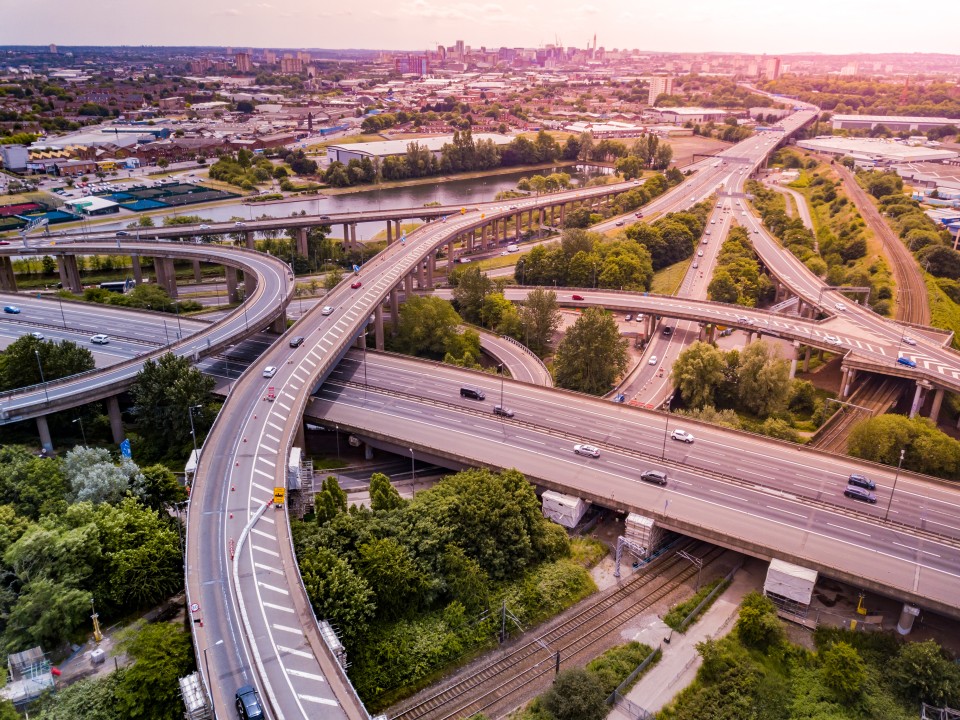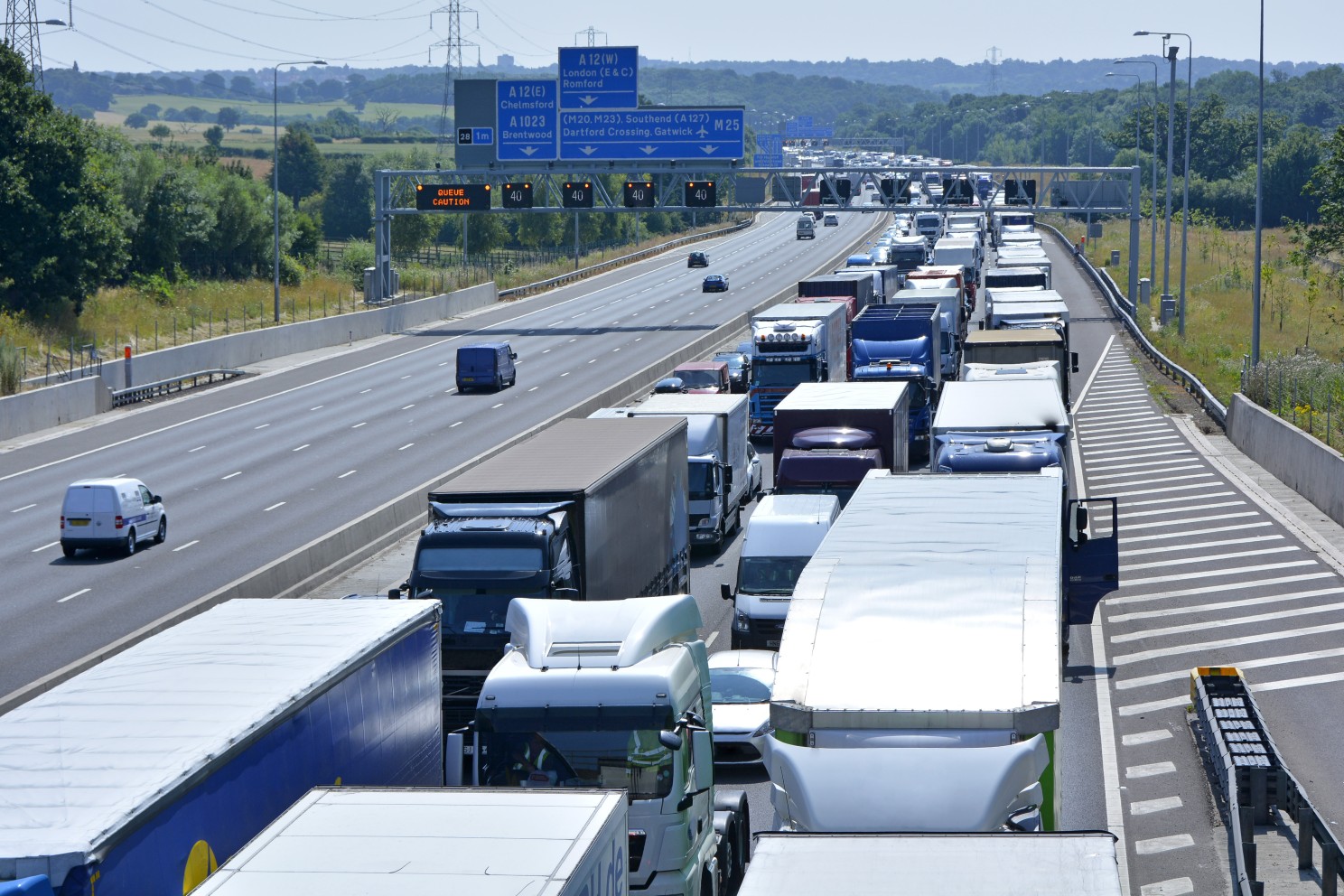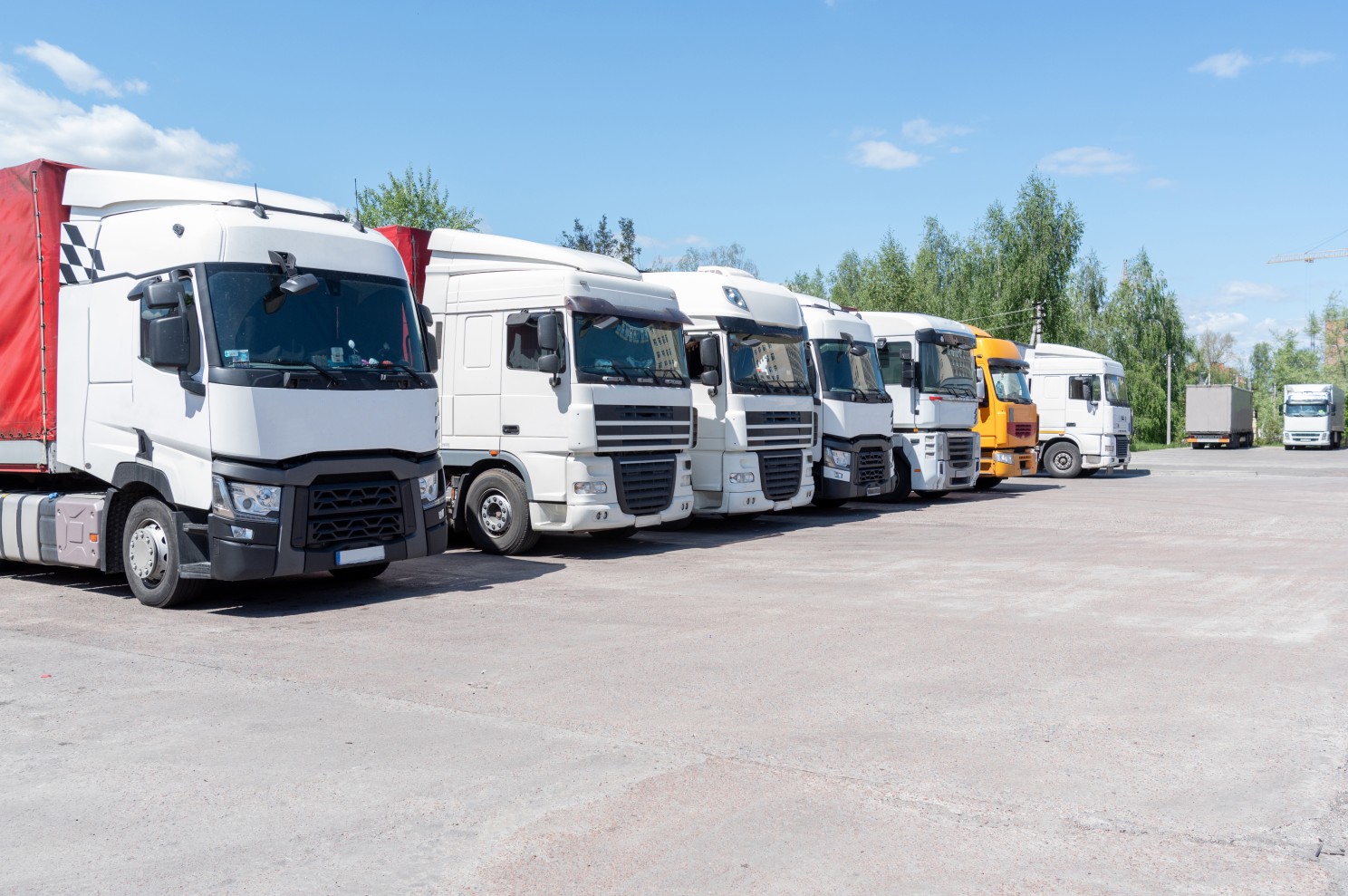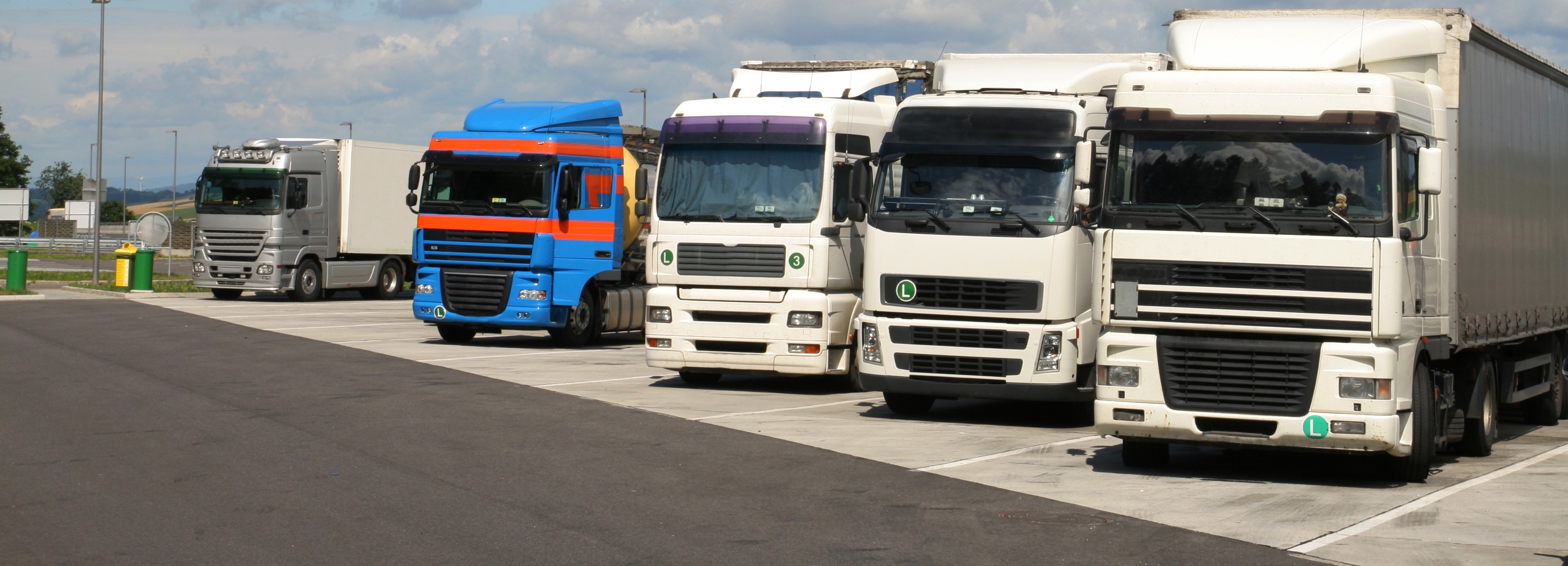
Susie Jones
Network North: How will it benefit truck drivers?
Creat: 12.08.2024
•
Actualizat: 12.08.2024
At the start of October, the Government announced its plan to scrap HS2 and redirect funding to improve the country's transport infrastructure – a project known as Network North. The project will provide £36 billion to improve major roads that have become a bone of contention for drivers. The announcement surprised many, but what does it mean for the truck drivers who are endlessly traversing across these roads?
Existing road improvement schemes
The Government will increase funding for most existing Major Road Network and Large Local Major road schemes. These schemes will go from an 85% to a 100% contribution to ensure they are delivered. A list of the road improvement schemes is available on gov.co.uk. Extra funding for these schemes will improve road efficiency throughout the country.
Strategic road network schemes
The strategic road network scheme aims to reduce congestion and ensure smoother journeys for those using the roads frequently. A welcome advancement for truck drivers where sitting in standstill traffic has become the norm.

The North
• M6 Junction 15 - As one of the busiest sections of road in the UK and used by over 127,000 vehicles per day, it has long suffered from heavy congestion and unpredictable journey times. The tight corners on the slip road have proven challenging for truck drivers - causing overturns and increased traffic delays. The changes promised should reduce congestion and improve the safety of the junction.
• Two Manchester North West Quadrant projects - The M60 sees 180,00 journeys daily from commuters and long-distance drivers. The Northwest Quadrant projects will aim to bypass J12-J18 and remodel junctions 12, 13, and 14. Other additions, such as a link road to the A57 and capacity improvements to junctions nine, ten, seventeen, and eighteen, will improve congestion and journey times.
• A1 between Morpeth and Ellingham - The 12.8-mile stretch has been plagued by development delays since its proposal. However, the Network North project aims to get development underway by widening the stretch of road - improving journey time, safety, and resiliency.
Midlands
• A5 between Hinckley and Tamworth pinch points - Although further details are yet to be released, it's been suggested that congestion relief will be prominent in their plans.
• A50/A500 corridor improvements between Stoke and Derby - With average rush hour speeds below 20mph, this route has proven slow and unreliable for truck drivers and commuters. The Network North scheme is likely to:
• Generate 17,760 new jobs by 2061
• See a 21,538 population increase in the area by 2061
• See a £12.04bn increase in GVA (gross value added) over the next 60 years.
South East
• A2 Brenley Corner - Known as Kent's most congested junction, Network North promises to invest in this area - fantastic news for truck drivers traveling to Dover. Further details regarding development plans are yet to be released. However, plans to improve Brenley Corner have been discussed since 2021.
Scotland
• A75 improvements between Gretna and Stranraer - The A57 is in dire need of dualling as currently, truck drivers are restricted to a 40mph speed limit - causing tailbacks and long delays. As a crucial ferry link between Northern Ireland and Great Britain, truck drivers who use this link will benefit heavily from the project.

An improved road infrastructure will alleviate congestion, saving truck drivers valuable time and fuel expenses - contributing to faster delivery times. The Network North scheme looks to improve the lives of truck drivers and other road users by increasing safety and enhancing efficiency.
How many people pass their HGV test the first time?
According to a report by Statista, from 2007-2021, the average pass rate for a HGV practical test was around 50%. Data from gov.co.uk shows in 2022-2023, 75.9% of men in the UK passed their LGV test compared to 75.9% of women who passed.
Is truck driving stressful?
As with any profession, some aspects are stressful. Long hours away from loved ones can cause loneliness and isolation among many drivers. Additionally, truck driving is a high-pressure job at times - with tight delivery deadlines and navigating through unpredictable weather conditions.



